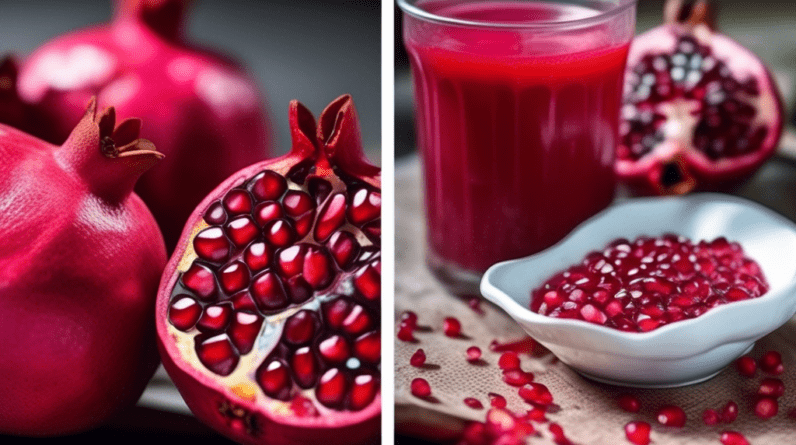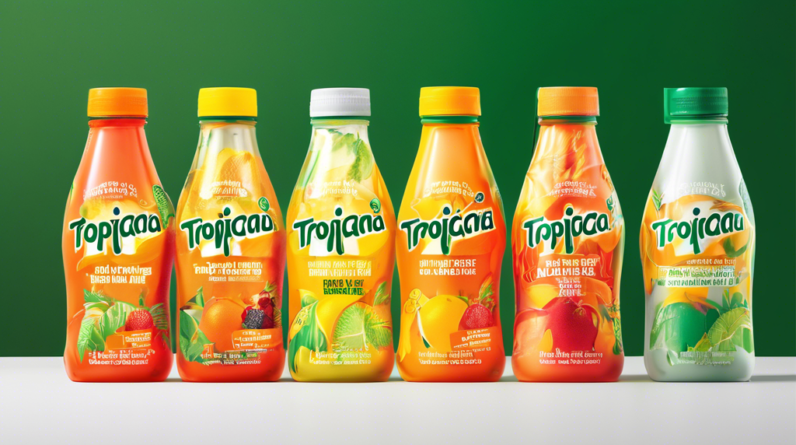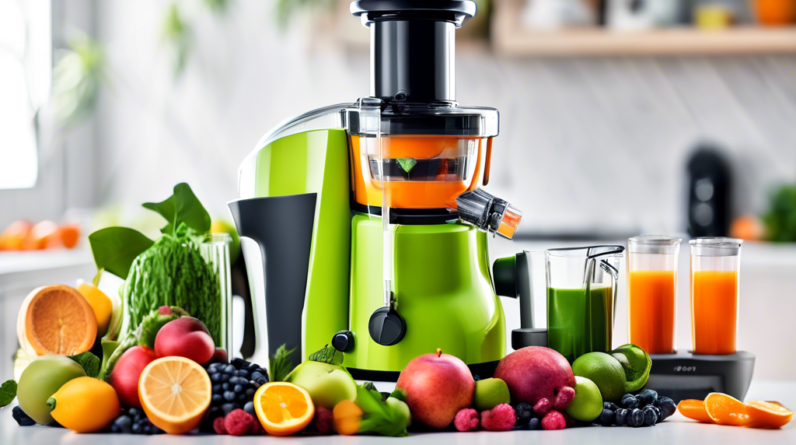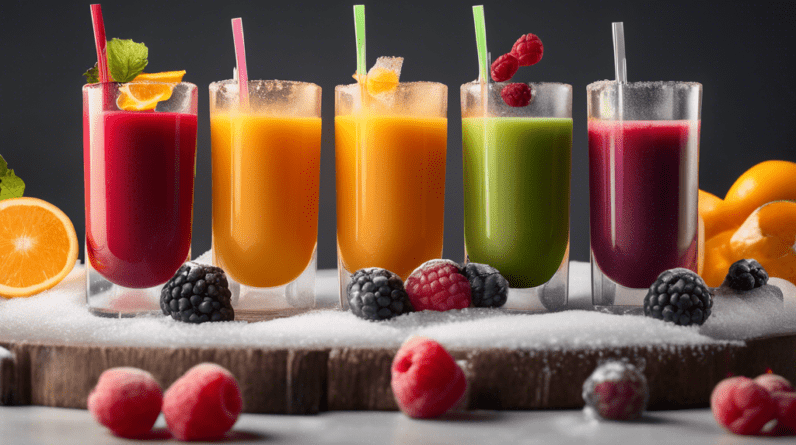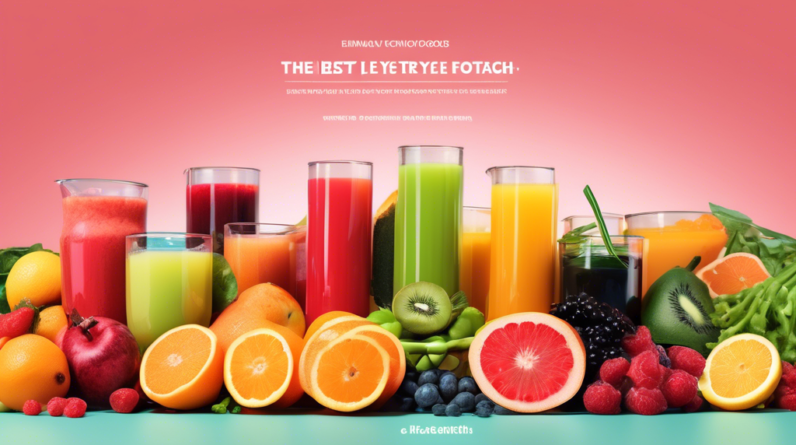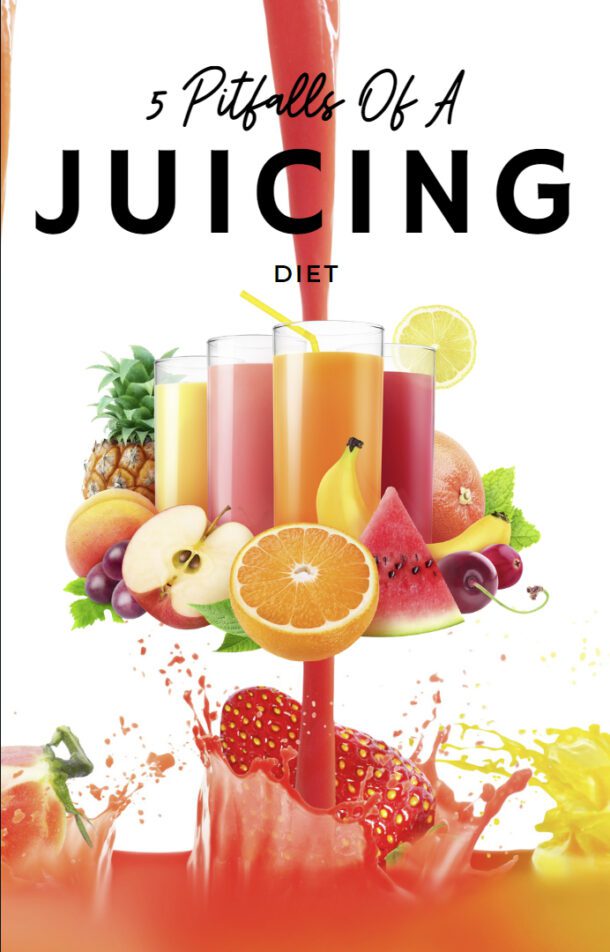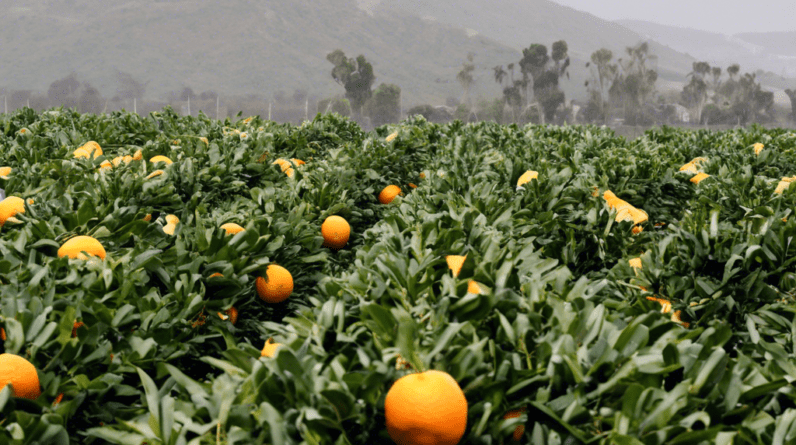
Decline in Orange Juice Production
The production of orange juice is facing significant challenges, particularly in Brazil, which is the world’s largest producer. As of October 31, 2024, Brazil’s orange juice production is anticipated to fall by nearly 30% compared to the previous season, bringing total production down to approximately 215.78 million 40.8kg boxes. This decrease marks a 7.1% reduction from earlier forecasts made in May and highlights the escalating difficulties faced by the citrus industry.
The harsh weather conditions in Brazil are a primary contributor to this decline. The summer months of June, July, and August witnessed higher than average temperatures and a notable 31% shortfall in rainfall. These factors have reduced the size of the fruit and hastened the ripening process, leading to an unusually swift harvest. By mid-August, 45% of the crop had already been harvested, a significant increase in speed when compared to previous years.
Price Surge and Consumer Impact
As a result of the decreasing supply, orange juice prices have surged sharply. The average price for Pera oranges on the tree in Brazil climbed to BRL 98.79 per 40.8 kg box in mid-August, and later reached BRL 100 per box. These price increases reflect a tightening supply and rising demand from juice processors eager to meet consumer needs.
In the futures market, orange juice has reached record highs, trading at USD 5.49 per pound solid. Prices are predicted to remain volatile, fluctuating between USD 4 and USD 5 per pound. Additionally, production issues extending beyond Brazil, including challenges in Florida and Mexico’s orange crops due to adverse weather, only exacerbate concerns within the global market.
The ramifications of rising orange juice prices are being felt by consumers, as the average cost of a 16-ounce jug in the US now stands at $4.28—double the price seen in April 2020. Consequently, many consumers are beginning to explore alternative beverages such as apple juice and blended drinks as they search for less expensive options.
The dynamic of orange juice consumption is shifting as well, with data showing a decline of 15% to 25% in major global markets due to the inflated prices and competition from various beverages. To address dwindling sales, companies are now considering alternatives to traditional orange juice. Some brands have already begun introducing mandarin juice products and other fruit blends to capture consumer interest amidst rising costs.
Looking ahead, the outlook for the orange juice market remains uncertain. Supply challenges are expected to persist into the following year, with not much hope for a swift return to normalcy. This could ultimately transform orange juice from a daily breakfast staple into a luxury item or an occasional treat, reflecting the changing consumer attitudes in response to ongoing market pressures.

